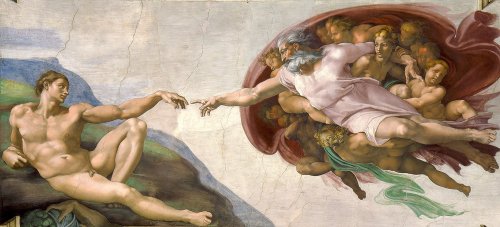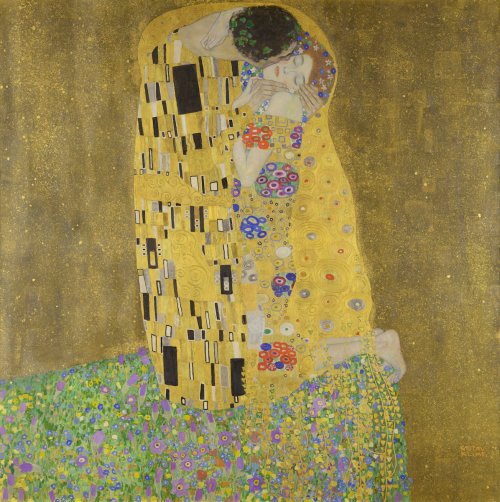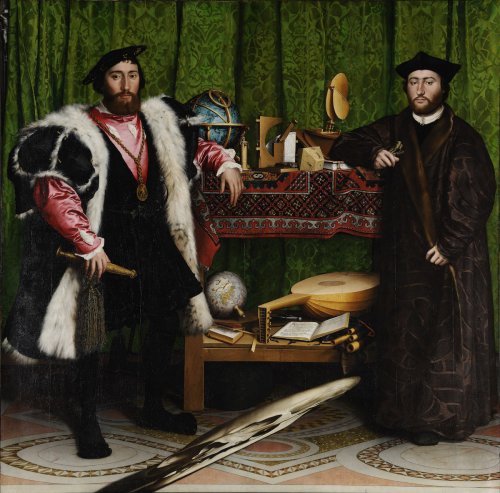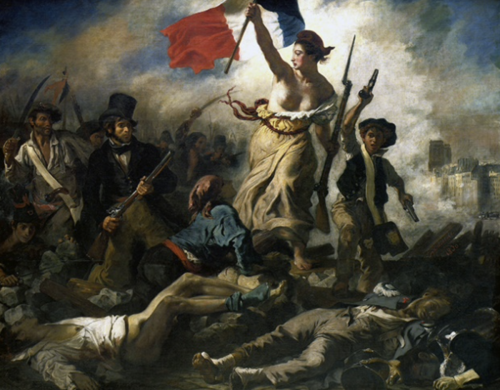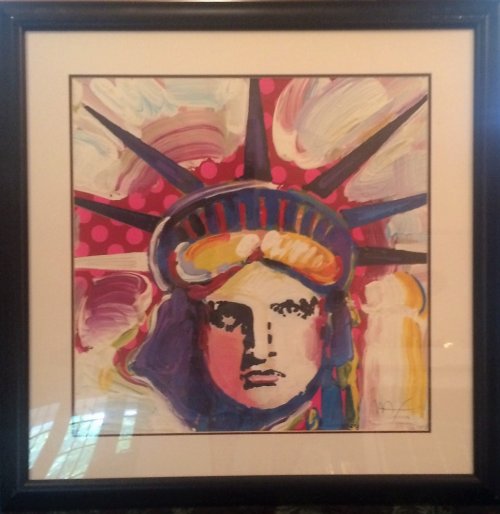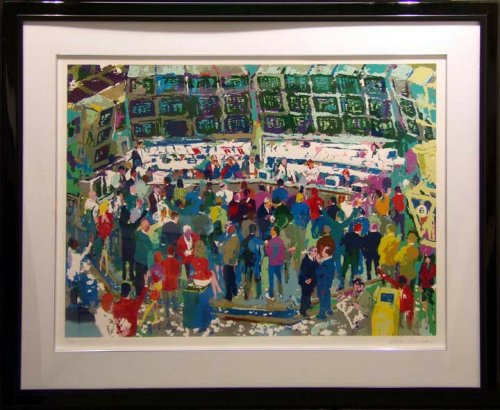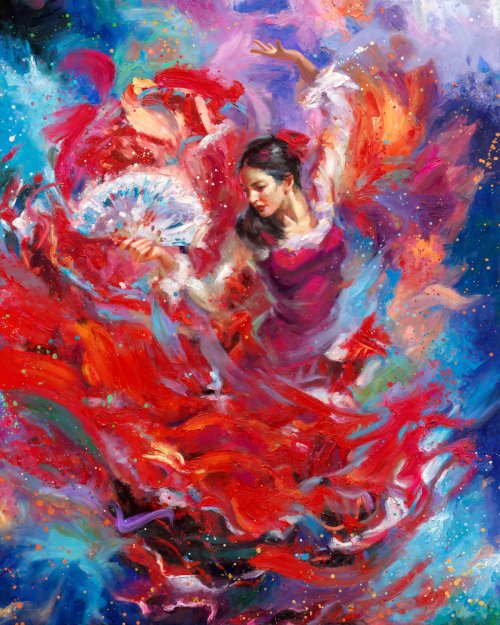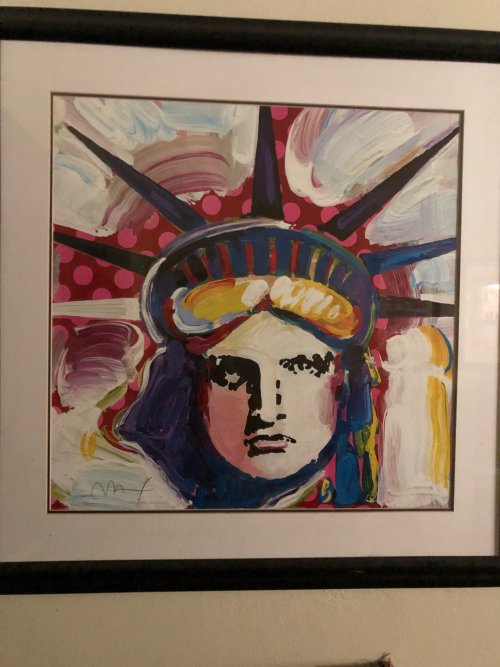The Creation of Adam is a fresco painting by Italian artist Michelangelo valued at 300 million dollars, which forms part of the Sistine Chapel’s ceiling, painted c. 1508–1512. It shows the Biblical creation narrative from the Book of Genesis in which God gives life to Adam, the first man. Part of a complex iconographic scheme, and chronologically fourth in a series of panels portraying episodes from Genesis.
Michelangelo’s Creation of Adam is one of the most replicated religious artwork. In 1505, the newly elected Pope Julius II invited Michelangelo back to Rome. He was commissioned to build the Pope’s tomb, which was to include forty statues and be finished in five years. It took him 40 years to complete, and even then, it was still not completed to his satisfaction. During the same time, Michelangelo painted the Sistine chapel in 4 years.

